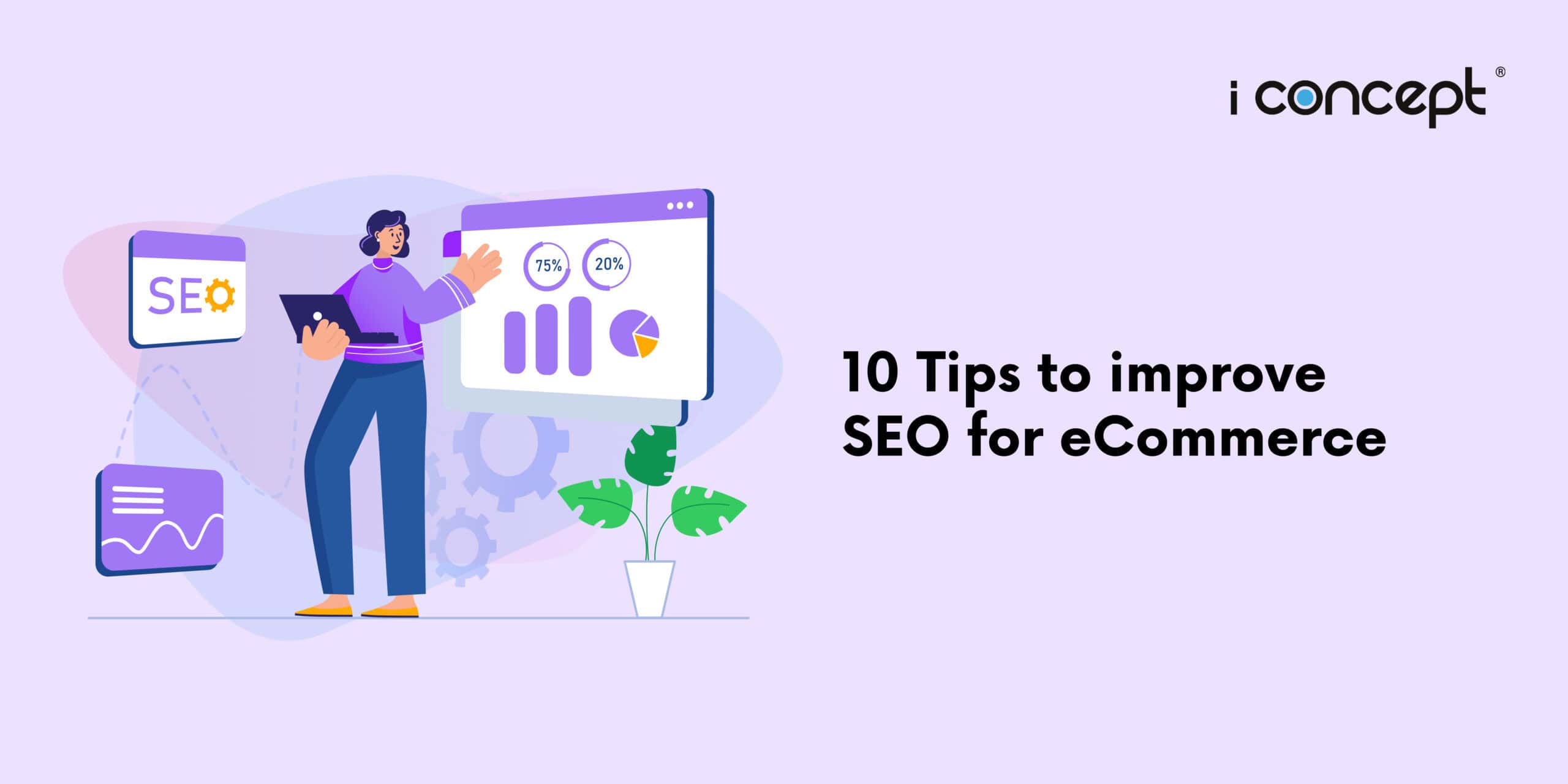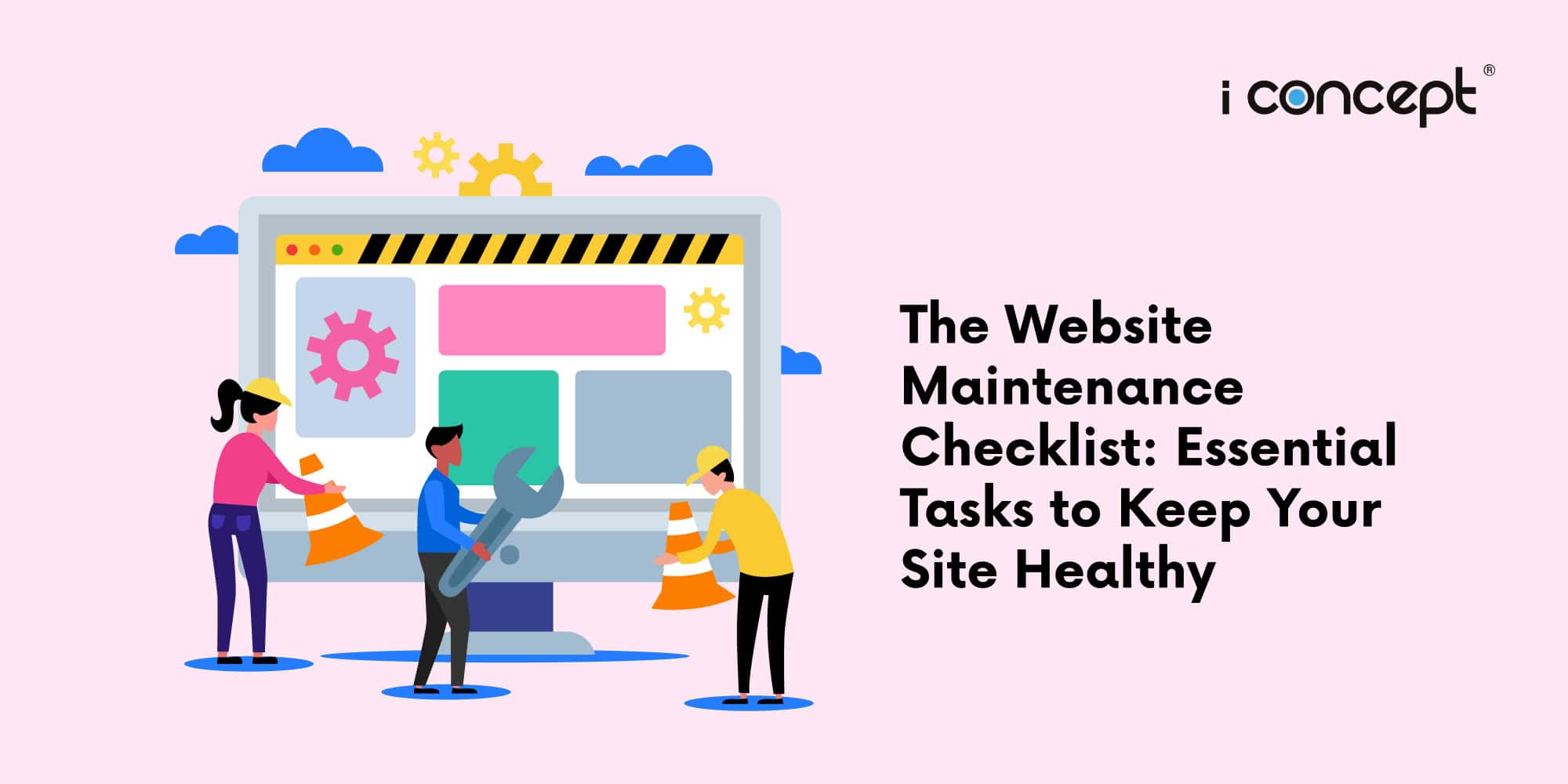As more ecommerce shops are venturing into the modern digital world and expanding their presence with their own ecommerce website, it’s extremely important for you to know how to properly improve your website’s search engine optimisation (SEO) in order for it to appear on search engines. You wouldn’t want your target audience to miss out on your products or services now, would you?
It’s quite a herculean task when it comes to improving the SEO of your website so here are some of our top 10 tips that will make things simpler for you:
- Do in-depth research on keywords
- Make sure your website is user-friendly
- Improve on link building
- Establish a site map
- Add alt tags to your images
- Write high-quality content on your website
- Avoid duplicate content and pages
- Make sharing on social media easy
- Have a fast and responsive website
- Monitor your website with SEO tools
- Do in-depth research on keywords
It’s important to do keyword research and establish how your products are being searched on search engines. Put yourself in the shoes of your target audience and imagine how they would search for your product or service on a search engine platform, from there you can start listing down search terms. It definitely will take you some time to do it, but we can assure you that the effort put into this will surely pay off.
- Make sure your website is user-friendly
Having a website that’s user-friendly is extremely important since people are more inclined to stay longer on your website if it’s easy to navigate. This also goes for the mobile version of your website since smartphones are a convenient device to have when searching for something. Did you know that over 55% of website traffic comes from mobile devices and that 92.3% of internet users today access the internet using a mobile phone? So you’ll be missing out on a lot of traffic (and potentially sales) if your website does not run smoothly on a mobile device.
Moreover, your website design should be something relevant to the products/services that you sell. Make sure that it’s also not too cluttered and that people are able to navigate through the sub pages seamlessly.
- Improve on link building
Link building is the process where other ecommerce websites use your hyperlinks (otherwise known as links) to get to your website. Not only does this improve your SEO rankings on search engines, it also boosts the authenticity of your website and will vastly improve your SEO by driving more organic traffic to your website.
- Establish a site map
A site map is a file that comprises the essential pages of your website which Google and other search engines will crawl (a process that scans the information on your website). A typical site map is called a HTML site map. An HTML sitemap similarly displays your website’s main pages and subpages, making it much easier for users to find what they’re looking for.
By creating an HTML sitemap on your site, you make your website more user-friendly to create a positive user experience, greatly improving your website’s chances of ranking higher.
- Add alt tags to your images
Images that are used in your website will require an alt tag (HTML attribute), also known as alt text, that will appear in place of the image if there’s an error loading the website. Not only does it help visually impaired users using screen readers, it allows search engines to better crawl and rank your website.
Apart from improving accessibility and user experience, alt text also allows for your images to appear in search results, whether in Google Images or as image packs. Image packs are special results displayed as a horizontal row of image links that can appear in any organic position.
Images that appear in both types of search results are another way to receive much more organic traffic.
- Write high-quality content on your website
Publishing high-quality content will help your business in many ways like improving your SEO ranking, generating high-quality leads, increasing conversion and much more.
High-quality content takes many shapes and forms. While scrolling through websites, you’ve probably already seen examples of them such as:
- Images
- Videos
- Testimonials
- User reviews
- Blogs
Of course, there are many more types of content you can put into your website but you have to take into consideration if they align with your business goals and whether it’s something your customers would like to see. For example, if you sell beauty products, you would most likely want to include testimonials and reviews so that other customers are likely to buy your products.
If you aren’t sure what kind of content your customers would like to view, you can use free survey tools like Google Forms to get a wider reach of your customers.
- Avoid duplicate content and pages
Sometimes, it’ll be easier for you to just copy and paste a description of a product or service and use it on something that’s similar. This should not be the case for your website; you’d definitely want to have a unique description for each of your pages to avoid getting penalised from Google.
- Make sharing on social media easy
In this day and age where people want to share things they find online with just a few simple taps or clicks, social sharing buttons are now staples on blogs and websites. Quick copy links and single-click sharing should be integrated into your site in some way, such as including buttons on blog posts to make sharing easy.
- Have a fast and responsive website
Let’s face it. We’ve all experienced the agony of someone moving extremely slowly in front of you; we don’t want people to face the same problem when it comes to their browsing experience of your website. A slow loading time on your website will lead to frustrated users and higher bounce rates which will give your ecommerce site a negative impact.
- Monitor your website with SEO tools
Now that your website is up and running, it’s time to monitor its progress with your desired SEO analytics tool. By tracking key metrics, such as website traffic and conversion rates, you can get a clear picture of your SEO progress. Additionally, analytics tools can help you to identify which keywords are driving traffic to your site and which ones need to be improved on. SEO tools also let you see if any of your pages are duplicates. As a result, they can be an invaluable resource for any business owner looking to improve their SEO.
So there we go! That’s our top 10 tips to ensure that your website is progressing smoothly with its ecommerce development. Now that you have these tips under your belt, you’re more prepared to handle the SEO aspects of your ecommerce website! But we understand that this can be a lot to handle, especially if you’re new to SEO. Fret not! I Concept Singapore is here to help. I Concept is a creative agency that specialises in website design, digital marketing, digital copywriting and digital solutions. If you’re thinking of getting help from a team of professionals for your ecommerce website, we’re only a message away!










